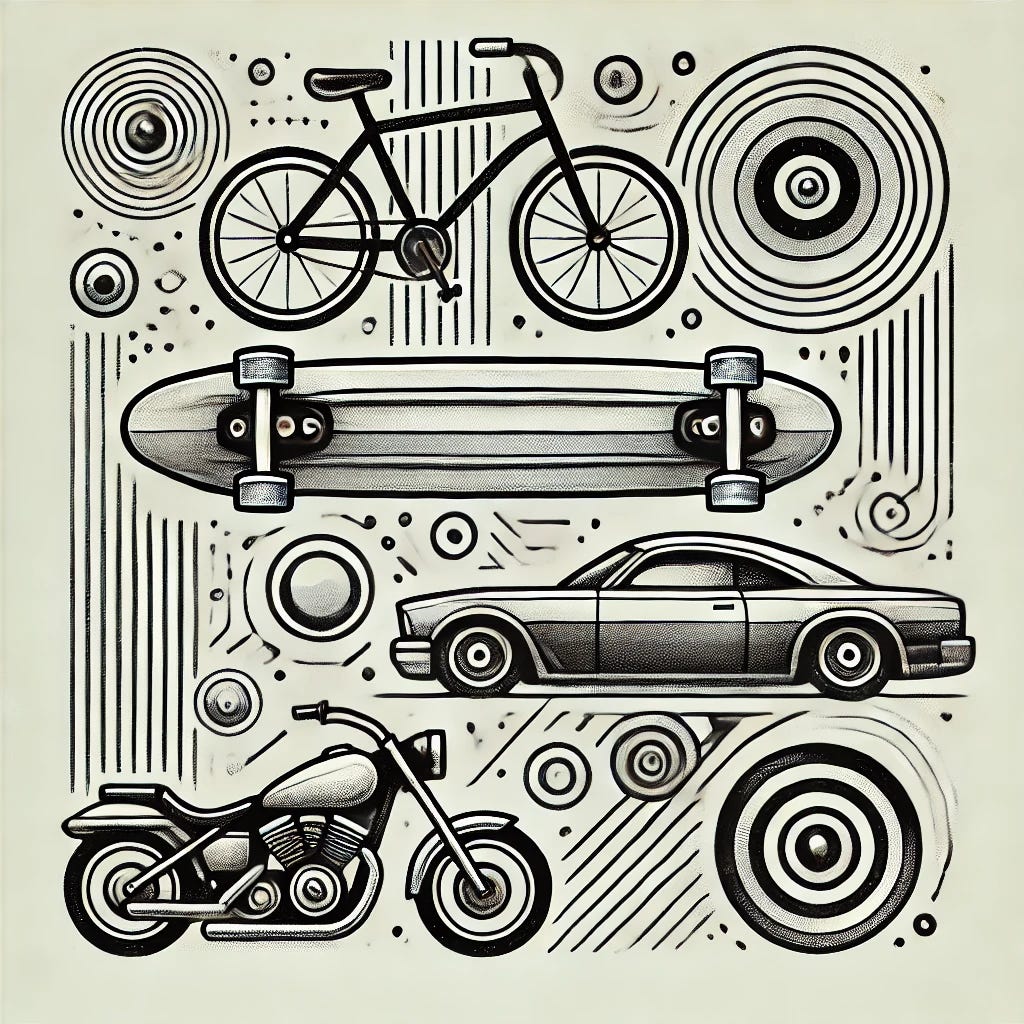The MVP Trap: Why Businesses Fail Before They Even Begin
In Navigating the Unknown, we urged you to stop waiting and start moving—because in tech, hesitation is often more dangerous than uncertainty.
But once you start, then what? That’s where many founders get caught in tech’s most common trap: getting stuck in the MVP (Minimum Viable Product) phase. Instead of treating the MVP as a launchpad, too many entrepreneurs let their MVP become a never-ending cycle of tweaks and revisions, chasing perfection instead of real user insights—losing time, money, and momentum in the process.”
We’ve seen it happen time and again—great ideas that never get beyond the prototype stage because founders pour time and money into something users don’t actually want.
The truth? It’s not about building the perfect MVP. It’s about getting the right feedback, fast. In this article, we’ll explore the biggest MVP pitfalls and how to avoid them—so you don’t just start, but start smart.
Common MVP Mistakes
1. Overbuilding: The “Perfect” MVP Trap
It’s easy to overcomplicate an MVP. We see entrepreneurs trying to build the perfect version for launch, when, really, they just need a simple, testable, core product. We totally get the excitement our clients feel about shaking up the market. But sometimes, that enthusiasm can lead to packing in too many features too soon. This stretches timelines, burns cash, and worst of all– it delays the user feedback you need to get it right.. A focused, streamlined MVP sets the foundation for real product-market fit.
Signs You’re Overbuilding:
Adding too many features “just in case” or “so the user will understand the product.”
Delaying launch for months to polish UI/UX or the brand, build a shiny feature, or wait for a time that’s good for user testing.
Building complex backend systems before testing demand.
What to Do Instead:
Strip it down to the essentials. Your MVP should focus on solving one core problem.
Launch fast. If you’re taking 6+ months for an MVP, you’re likely overbuilding.
Use no-code or low-code tools to test quickly before committing to full development.
2. Underbuilding: The “Too Minimal” Mistake
Some teams take “minimal” too far and release an MVP that’s unusable or too bare-bones to test real demand.
Signs You’re Underbuilding:
No clear value proposition—users don’t understand what your product does.
Missing essential functionality needed to test the core experience.
Too buggy or rough for users to provide meaningful feedback.
What to Do Instead:
Ensure the MVP is functional. It doesn’t have to be perfect, but it must solve a real problem.
Think about user experience. If users can’t complete the core action, they won’t stick around.
Test with a small audience first before scaling feedback efforts. You’d be surprised how much you can learn from just a handful of testers.
3. Skipping User Feedback: The “Launch & Hope” Mistake
MVPs should be validated with real users early, but many startups launch and wait for traction instead of actively gathering feedback.
Signs You’re Skipping Validation:
No user interviews or surveys.
Relying only on internal team feedback.
Making assumptions about user behavior without data.
What to Do Instead:
Talk to users before and after launch. Conduct 10-20 customer interviews to refine your product.
Use analytics tools (e.g., Hotjar, Mixpanel) to track how users interact with your MVP.
Measure retention and engagement. Signups mean nothing if users don’t stick around.

A Good MVP Should…
Solve One Core Problem Well: Focus on the single most important feature that delivers value. If your app removes friction, saves time, or solves pain points, it’s on the right track.
Be Tested with a Real Audience: Forget impressing investors. If your users don’t care about your product, nothing else matters. Find beta testers in your target market and observe how they use the product.
Provide Insights to Iterate On: The MVP isn’t the final product—it’s a starting point for learning. Use feedback to tweak features, improve UX, or pivot if needed.
Practical Tips for MVP Success
An MVP should take no longer than 3-4 months of development before it's ready for user feedback. Ideally, incorporate ways to gather feedback during this phase.
Establish focus groups to ensure your target audience is represented and provide feedback on the app's UI/UX and messaging.
Remember, your MVP is about validation. Launch early, learn fast, and iterate based on real user feedback to give your startup the best chance of success.
Final Thought
Building an app today is not just about the app itself; it's about understanding the competitive marketplace and the real needs of your users. At Unleesh, we believe in iterative development—starting with a skateboard, then a bike, a motorbike, and finally a car. This approach ensures that each step is functional and provides value, allowing for continuous improvement and adaptation.
Join us in building a community of app innovators. Together, we can navigate the challenges of app development and create solutions that truly make a difference.


